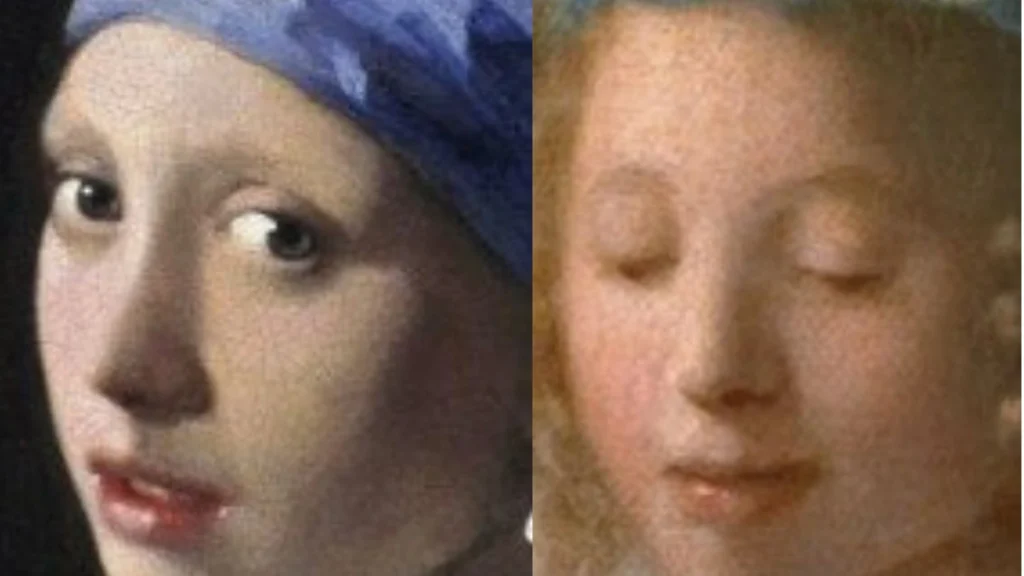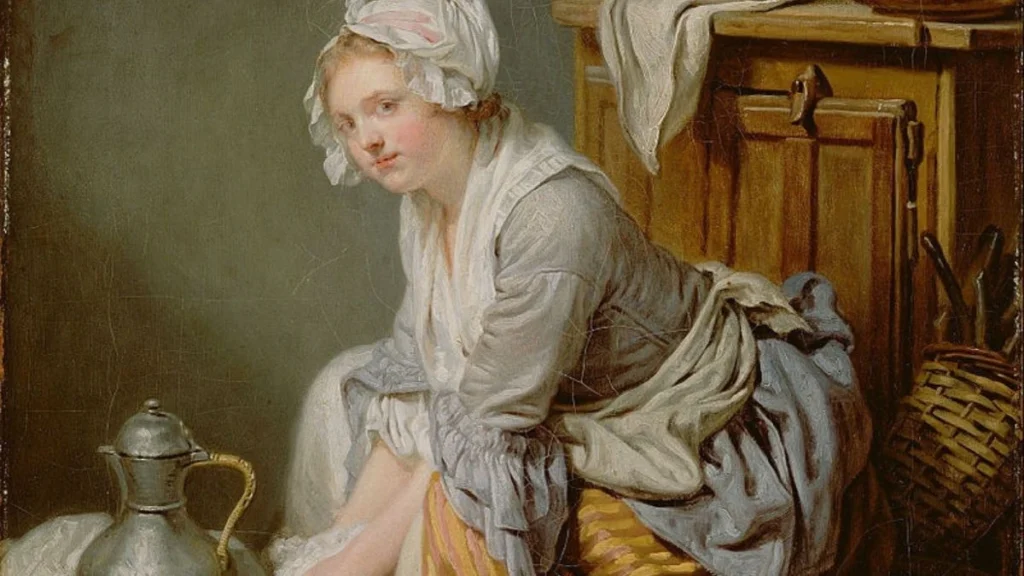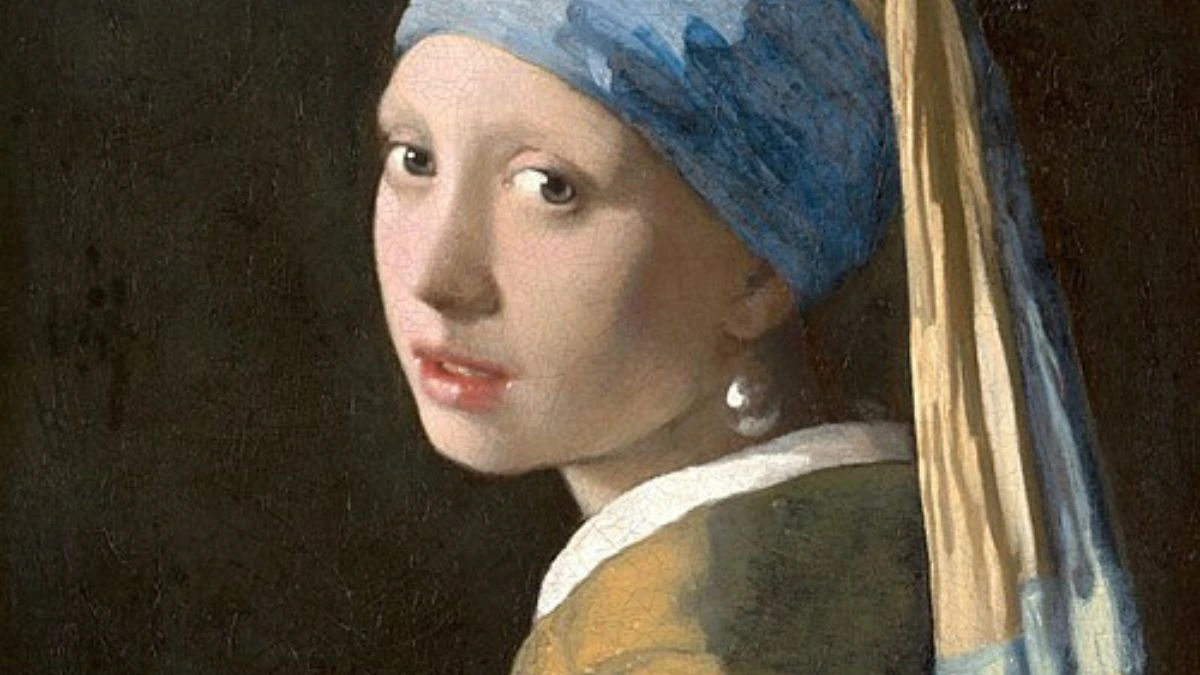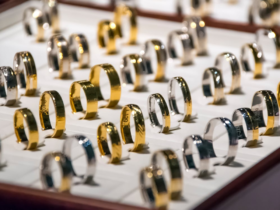Johannes Vermeer’s Girl with a Pearl Earring, now celebrated as one of the most iconic and beloved paintings in art history, was not always viewed so purely.
In 17th-century Dutch society, this intimate portrayal of a young woman with a direct, captivating gaze, parted lips, and a large pearl earring stirred controversy and was even considered obscene by some.
The girl’s bold eye contact and subtle sensuality challenged strict moral codes of modesty and propriety of the time, making the painting provocative and daring qualities that both scandalized and fascinated viewers then, and continue to captivate us today.
When I first heard the idea that Johannes Vermeer’s Girl with a Pearl Earring was once or could be seen as obscene, I was genuinely surprised. It’s one of those paintings everyone knows and admires, yet the thought of it being scandalous intrigued me enough to dig deeper. So, here’s what I found out and what you might not expect.
The Mystery Behind the Girl’s Identity
No one really knows who the girl was, and that mystery adds to the painting’s charm. Some say she was Vermeer’s daughter, Maria, who would have been just a young teenager when this was painted.
Others disagree, thinking this isn’t even a portrait but what’s called a tronie more of a character study than an actual person’s face.

Knowing that Vermeer painted in his modest home for a modest lifestyle helps make sense of this. He used people he knew – family members, neighbors to keep costs down because he wasn’t a big commercial success.
That alone makes the painting feel more personal and intimate, which might explain part of why some people find it provocative.
The Gaze That Breaks All the Rules
Here’s the juicy bit: the girl looks right at you. Unlike most portraits or domestic scenes from the 17th century, she doesn’t avert her eyes or pretend you’re not there. Her lips are parted, almost inviting you in.

Back then, having a young woman openly engage a viewer like this could be considered downright bold or even “flirty” and flirting was a big deal. The standards of modesty were totally different. In fact, even a subtle, non-aggressive signal of interest from a woman could be labeled inappropriate or ‘obscene.’
By today’s standards, it might just seem sweet or intimate, but for Vermeer’s time, imagine how unsettling this direct connection might have felt. It’s almost like she’s breaking the fourth wall of art and society’s expectations of how young women should behave.
Was It Really Obscene?
Here’s where things get tricky. Despite these clues, there’s no clear evidence that the painting was universally or even popularly considered obscene when it was made. The idea comes more from us projecting our own modern or Victorian-era ideas about morality backward onto a time that had very different social norms.
People love to make stories out of the little we know about Vermeer and the painting. Because records are scant and Vermeer lived and painted quietly in a small town, there’s tons of room for imagination. But just because something could feel provocative doesn’t mean it raised eyebrows back then.
The Exotic Touch
Another thing that might’ve caught people’s attention (or continues to catch ours) is the girl’s turban and the huge pearl earring. The turban was exotic and unusual in Dutch society, hinting at faraway lands and cultures at a time when Europe had fraught relationships with the Ottoman Empire. It probably added an extra layer of mystery and maybe unease—to the image.
What Makes This Painting So Captivating
Ultimately, the painting’s magic isn’t just in the girl or her gaze. It’s in the masterful way Vermeer captured light, color, and emotion. The natural light, the harmony of blues and yellows, the shimmering pearl everything draws you in. You feel like you’re locked in this intimate moment.
So, was it obscene? Maybe. Or maybe it was just quietly revolutionary in its intimacy, challenging the viewer to see beyond the surface and all the old rules. And maybe that’s why it’s still one of the most captivating paintings in history.
Sources:













